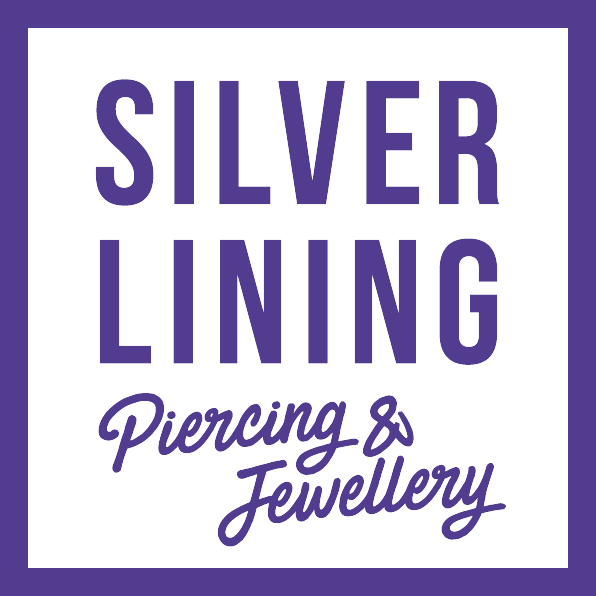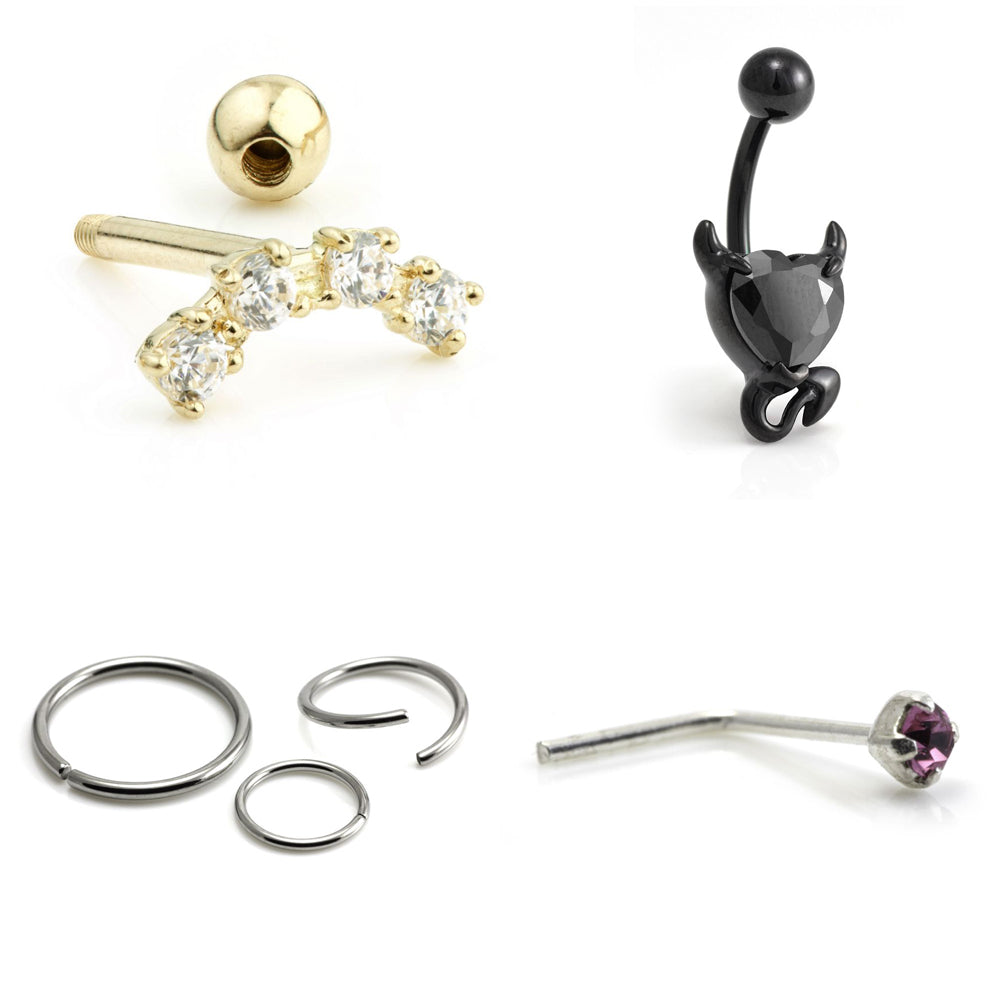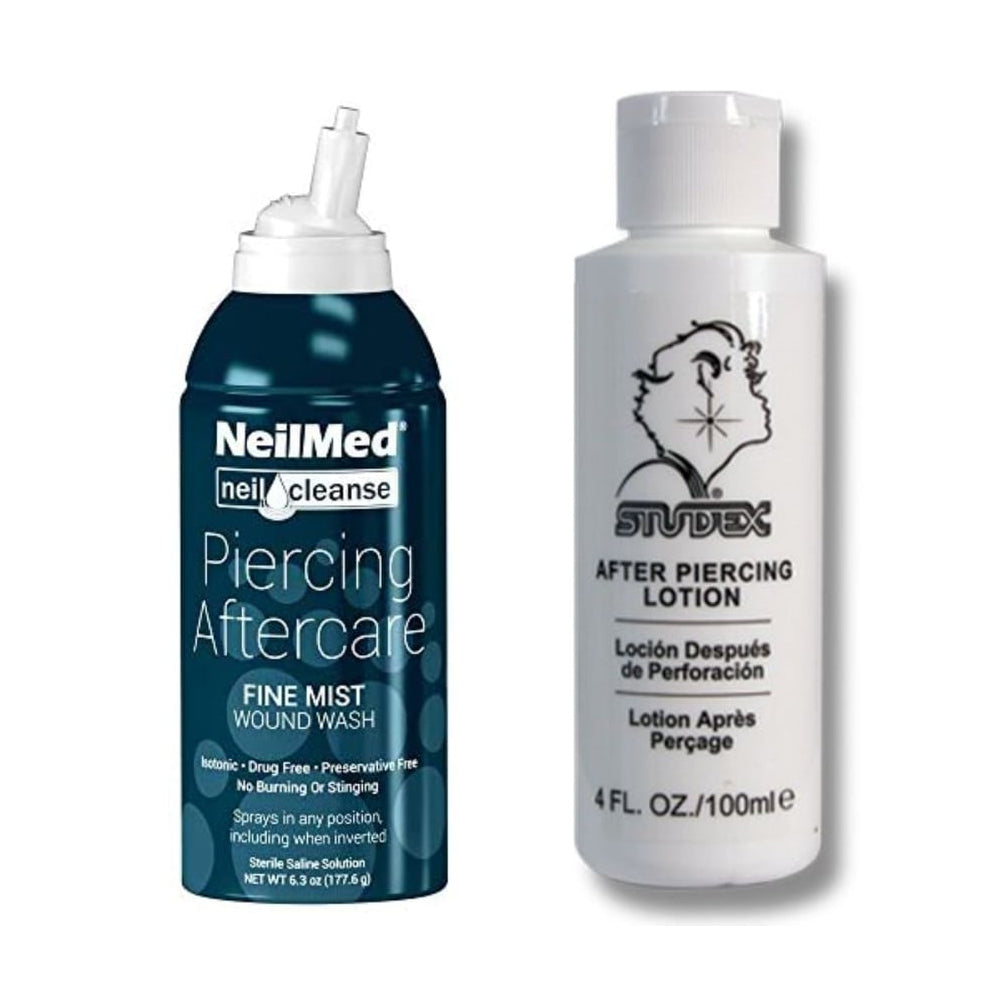At Silver Lining we offer both bookings and walk in piercings where possible but we always recommend booking through our website to avoid disappointment on the day.
When getting a piercing its best to eat beforehand and bring a snack or sugary drink with you particularly if you are prone to fainting. We allow others in the room with you, so you can choose whether you would like to be pierced by yourself or if you would like a friend there to be your support. When you arrive for your piercing, you will need to fill out a consent form with your details and some health questions, then you will go into the studio. Once there we will clean and mark you so you can check the placement of your piercing before going through with it. After the piercing we will talk you through how to care for your piercing, don’t worry if you have forgotten, we will email it to you and also give you an aftercare card at the end of the appointment.
There are a few potential reasons why we would not be able to pierce you. We cannot pierce anyone who is noticeably intoxicated as we require informed consent to pierce, we also recommend avoiding alcohol the day before your piercing, as this can lower your pain tolerance and make you more likely to bleed. On our consent forms we have some medical questions and you may need to consult with your doctor if you have answered yes to any of the questions. We cannot pierce you if you are currently pregnant.
Be aware that piercings are anatomy dependent and you may not be suited to the piercing you choose, so you may want to choose a backup piercing that you also like.






